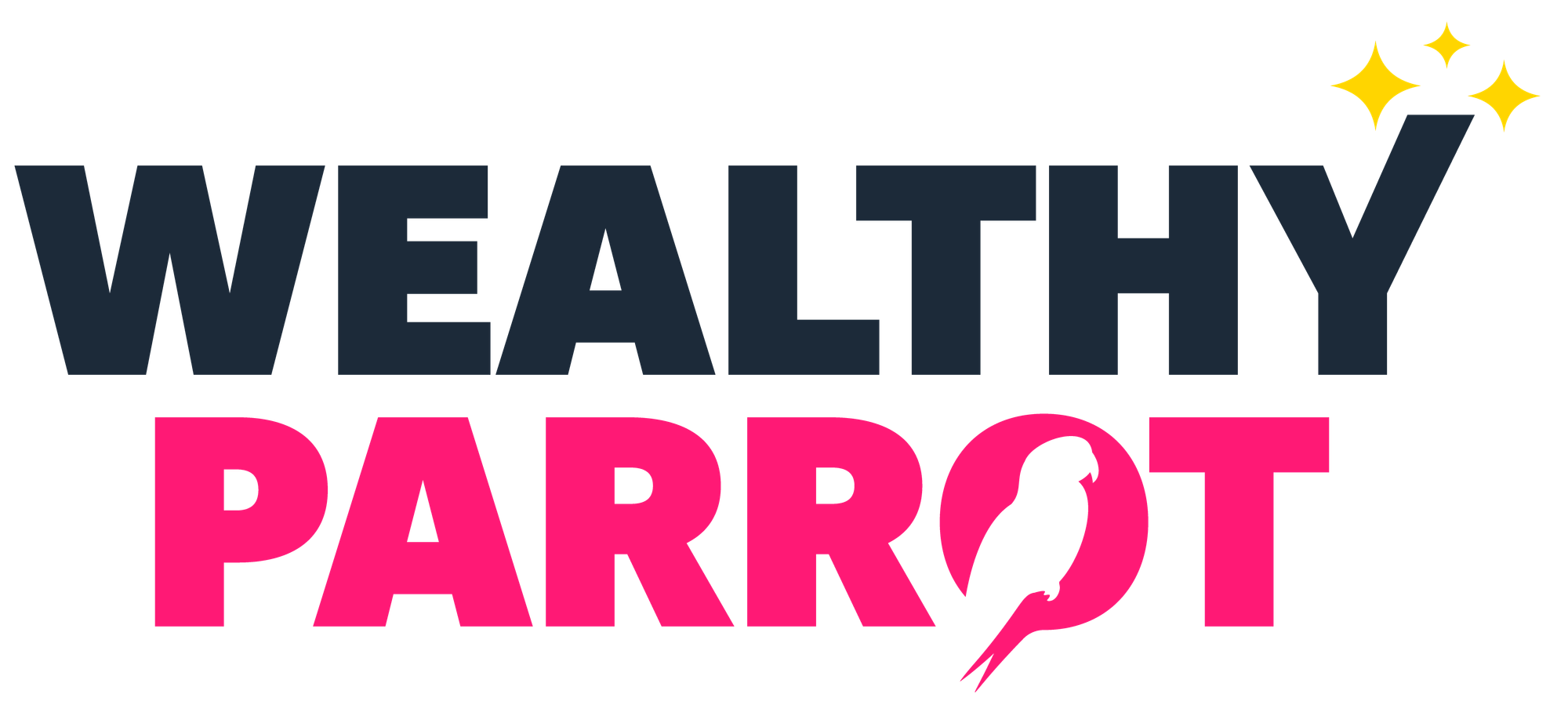Balance sheet: real examples

To put in practice the theory on how a balance sheet is structured (from the article HERE), let's take a look at a couple balance sheets. I don't want to make you certified accountants therefore we'll just focus on the main peculiarities of the balance sheets. You can find all the original financial statements on the company website, normally under the investor relations section. For simplicity on this page I have reported the Balance sheet only and used the same companies that I used in the income statement examples and cash flow statement examples, as I believe it will make it easier to connect the dots.
General note
- Different companies can have different fiscal years. For example Disney uses Sep-Oct, while many other companies use Jan-Dec. This normally depends on the seasonality/business cycle of each company but it's entirely up to the Company.
- Always read the units used. Big companies (like the examples on this page) use millions, but again it's up to the company. For example Netflix, at the time of writing, uses thousands.
- Since there are no strict requirements on the structure, companies show different level of details hence you will often find different granularities. After you read a few you'll start understanding the content even though it might be grouped or look slightly different.
Disney
Walt Disney Company has been around for 100 years, pioneering the American animation history. But it's not only about animation anymore, as it has become an entertainment empire, with amusement parks that attract millions of visitors every year, themed resorts, TV channels, toy stores and much more. We can expect an interesting balance sheet:

If we look at the Assets section, there a a couple interesting things:
- Produced and licensed content costs: you can imagine what falls here, all the animation and movie content.
- Parks, resorts and other property: with six Disney resorts and a total of twelve parks, this definitely accounts for the biggest tangible asset - 65 Billion dollars!
- Land: Walt Disney World (Florida) alone is twice the size of Manhattan! And not all land owned by Disney has been used yet.
- Goodwill: 78 Billion dollars! Funny thing that an intangible asset is the biggest asset on the balance sheet. This is thanks to the weight the Disney (brand) name has, with its reputation and solid customer base.
If we move to the Liabilities instead:
- Accumulated loss: at the end of the fiscal year, the Income statement will show a profit or loss for the company. In either case, that gets reported over to next fiscal year in different forms. In case of a loss, it will get cumulated (across multiple years) into an accumulated loss bucket. When the company starts to generate profit (in the following fiscal years), the accumulated loss bucket gets "depleted" by the same amount of profit generated, until at some point (hopefully) it will zero out. If at some the bucket gets too big, the equity owners might decide to inject capital.
You can find the official financial statements for Disney on their website.
Amazon
When Amazon was founded in July 1994 it was selling only books. 30 years forward and it's not only an e-commerce giant, but one of the most used cloud computing provider, has physical stores where there is no cashier, and a division of consumer electronics (among other things); this was achieved by a mix of organic growth and a lot of acquisitions. Let's dig into the balance sheet:

If we look at the Assets section, you'll notice that:
- Cash and cash equivalents: Amazon keeps A LOT of cash (42 Billion dollars). This is for a mix of reasons, from paying salaries (in 2021 it employed 1.6M people), suppliers, but also having resources for the continuous expansions it has undergone.
- Marketable securities: Amazon also has A LOT of these, again, 42 Billion dollars. They fall under the current assets category as they can be quickly converted into cash (with maturity that tends to be less than one year). Examples are common stocks, Treasury bills, and money market instruments, among others.
- Inventories: Although not every product Amazon sells on its website is actually owned by the company, the consumer electronics (e.g. Alexa, Kindle, Firestick) are. Amazon also owns the premium supermarket chain Whole Food so most likely quite a bit of inventory comes from there.
- Property and equipment: Amazon has a lot of (big) warehouses, and offices around the globe, hence it's quite normal that this is the biggest single line item (113 Billion dollars).
- Operating lease: this is similar to a rental, where Amazon instead of buying some assets just "rents" them, similar to what can be done with cars. Amazon doesn't know own the asset, and this carries pros and cons, but at least it allows Amazon to don't spend a lot of cash in one shot. Examples under this category are: operating, capital, and finance leases for equipment and office, fulfillment, sortation, delivery, data center, physical store, and renewable energy facilities.
If we move to the Liabilities instead:
- Accounts payable: this is money that they owe their suppliers, a staggering 72 Billion dollars. This is thanks to good payment terms that were negotiated.
- Accrued expenses and other: among other things, in this category Amazon has unredeemed gift cards.
- Unearned revenue: this is cash customers have paid to Amazon in advance for services it has yet to render. For example when customers pay a full year of Amazon Prime or AWS in advance it falls under this category.
- Retained earnings: 52 Billion dollars. This is income that was not paid out as dividends. A company is not obliged by any mean to pay dividends. In fact, from a cash flow perspective, why would a company give away cash? Well the reason is simple, dividends keep investors happy (and invested), and attract new investors to buy its stock. Amazon is special in this sense, as has never paid dividends. Investors are still happy to own the stock though because of stellar performance. To give you an idea, if you had invested $1,000 in Amazon.com you would have more than $220.000 today
You can find the official financial statements for Amazon on their website.
HSBC
The annual report (where you find the financial statements), is probably the biggest I've ever seen with a mind-boggling 410 pages! It does cover way more than numbers, as it looks more like a dossier/sales pitch of the company: past, present and future plans, including multiple insights and perspectives on the industries and geographies where HSBC operates. This could be justified by the fact that they are a multinational bank, in fact one of the biggest of the world and they use the annual report as a way to reassure its customers and investors that their money is safe. If you look at the balance sheet below, you'll notice it looks very different from the previous ones:

Yes, the Assets section does look different:
- First of all, I'm sure you noticed the sheer size of it! Amazon and Disney are big companies, that generate a lot of revenue every year, but HSBC's balance sheet is basically 10 times bigger. And this is (obviously) not due to having more offices but mainly because they hold financial instruments, mostly of their customers. The split of the assets is also interesting as they don't have any inventory plus they don't mention the property and equipment
- Cash and balances at central banks: these is normally a cash reserve to ensure that there is sufficient liquidity in the bank to provide funds to bank customers wishing to withdraw cash.
- Loans and advances to customers: the key concept is that when we talk about banks, things work slightly mirrored. As in, the loan a bank gives to its customers is a credit/asset for the bank.
On the Liabilities section we see a similar concept:
- The line items are all financial liabilities
- Customer accounts: as the name says, it's all the money that customers have on HSBC accounts. It is not only private customers but it includes any HSBC's customers such companies and governments.
You can find the official financial statements for HSBC on their website.





